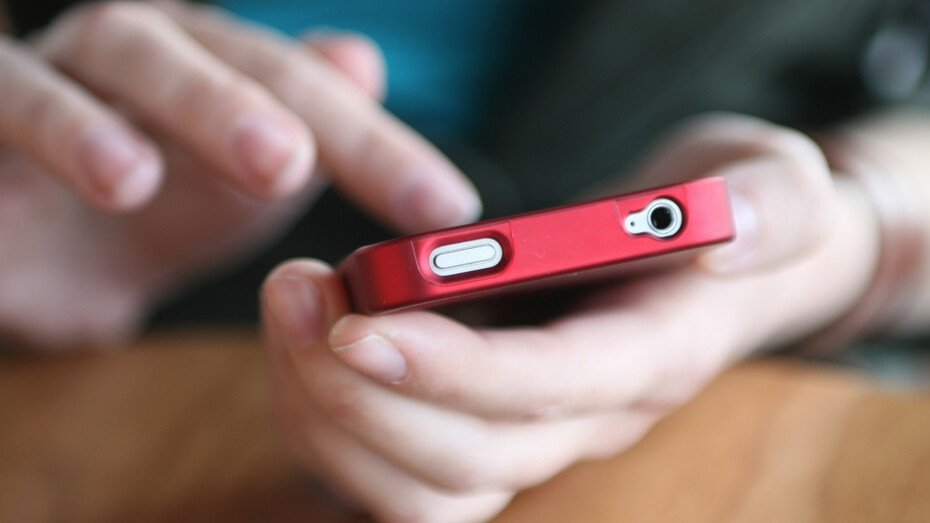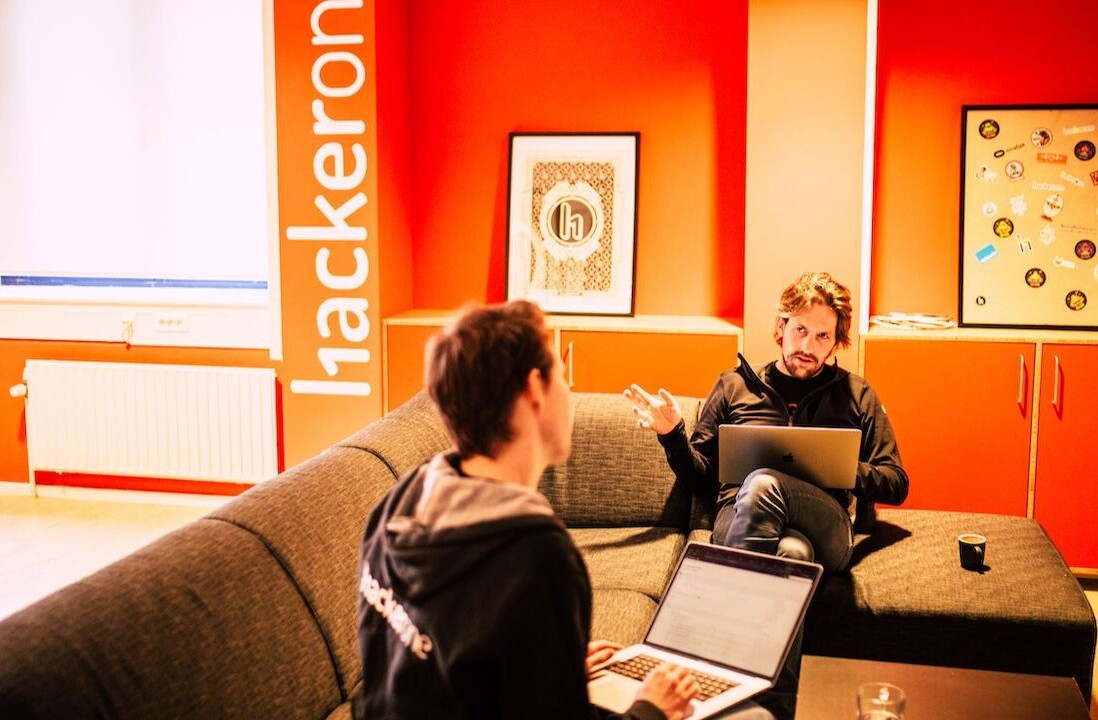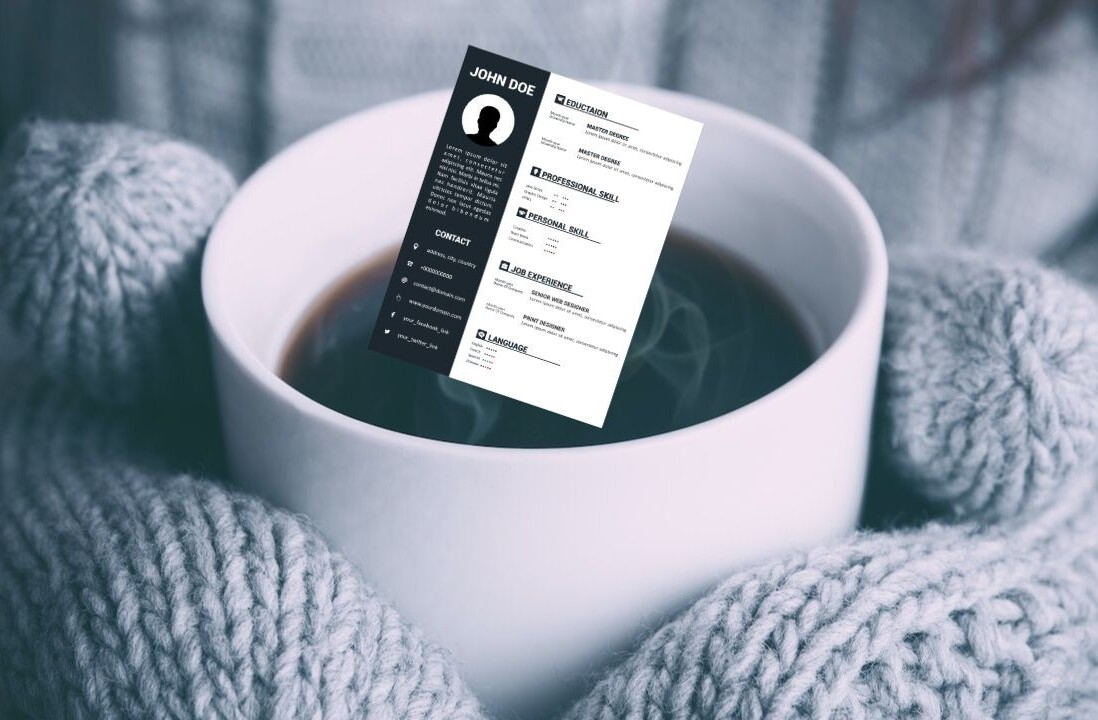
This is a guest post by Bubba Murarka (@BubbaM) which originally appeared on his blog. Bubba is an early stage investor in consumer internet and mobile technology companies for @DFJvc
All consumer application creators need to focus on three core challenges:
- A differentiated product experience
- Attracting and growing a user base
- Keeping the user base engaged
On mobile, the strategies and tactics for achieving the above are still nascent. I’ll expand my perspective on each challenge below and then close with what I think is most important design decision a startup faces.
1. Building a differentiated product experience
To date, the state of the art in mobile design has been focused on how to design for smaller screens, defining key-touch-and-gesture input patterns and iterating on approaches to navigation. While those advances were necessary, they have not been sufficient to unlock the full potential for differentiated mobile product experiences, nor do they provide long-term differentiation because of the Joel UX design principle.
The next phase of great mobile UX design will be all about what you can enable users to do that is specific and unique to a mobile computing experience, one that isn’t tied to a fixed location, uses data from a variety of sensors, is always connected and highly personal. Many of these experiences will be Mobile Only.
The next wave of products will leverage the unique aspects of the mobile experience, including more use of the many sensors (gyrometer, location, ambient light, thermometers, etc.), the network connection type and abstractions like patterns of physical movement. Mobile device data and functionality, such as the user’s address book and SMS, are being leveraged to drive growth and engagement today, but there are many ways these can be used to improve the core product experience.
On Android, developers can take advantage of the tremendous amount of data from Google services, given the high likelihood of users being signed into Google. There are near limitless novel ways to leverage the data in Gmail, call history, web history, and more into a differentiated product experience.
2. Attracting and growing a user base
“Mobile first” thinking led some people in the wrong direction when it came to finding users. It constricted their distribution channel to the app store and the device itself, and users just don’t have enough opportunity for discovering and trying new apps in those environments.
Nowadays, developers drive downloads through social platform integrations, cross promotion within your app suite or with complimentary apps, paid ads, and even offline distribution via brand marketing. However, if you have a Web version of your app, you have an opportunity to amplify your relationship with the user by closely tying your web and mobile apps, making it seamless for the user to transition from one platform to another. On desktop or mobile browser to app. Frankly, this dynamic is one of the most under leveraged areas of growth innovation is mobile today.
Google Chrome is a good example of a cross-device experience. If you’re logged in to Google when you are using Chrome on the desktop, you can open Chrome on a smartphone and pick up where you left off. For app developers, this is a good example of how you can amplify your audience naturally, and make your app more essential, by allowing people to move seamlessly from one context to another and back again.
3. Keeping the user base engaged
You can buy traffic and installs, but you don’t want to have a million installs with only 10,000 active users. That means you’ll always be “filling a leaky bucket.”
But how can you keep users engaged after they’ve downloaded and tested your app? The standard approaches of “first-run experience” or “new-user experience” are great but not enough.
The key to driving engagement is to actually know your product’s “magic number.” The magic number is the single metric that is most correlated with product engagement. For many social products it is the number of friend relationships the user has established.
In productivity applications it tends to be providing enough data for the application to show off its usefulness. Dropbox designed a clever way to get users to their “magic number” with its Getting Started task. Reverse engineering leads me to believe that their “magic number” is the number of devices you have installed the Dropbox client on.
Mobile messaging apps have done a good job of building engagement, because almost every notification is from someone else, which creates reciprocity in that the user has to use your app to respond. You can replicate this in your product design by minimizing the number of push notifications you send that are not from another user. It is amazing to see how poorly this principle is understood by virtually every application out there.
Finally, I think email is one of the most under-appreciated channels. Every smartphone has email on it, so why not build engagement through email instead of just using it as a duplicative channel to push notifications? Think about ways of linking to your mobile app from email, even though the links won’t work when clicked from a desktop email client. At the very least, make sure you are thoughtful about re-directing when you see users click through from their mobile device.
I don’t think any of the above is controversial, but these challenges do bump up against the core challenge for every startup: prioritization and resource allocation.
The actual most important decision
Therefore I believe the most important design consideration is choosing which mobile platform to start on. Don’t plan on taking shortcuts by launching on iOS and Android smartphones and tablets all at once. It’s not likely to work as well as you think it will. Instead, pick one target platform and nail it across all three areas outlined above.
If you are building something that has never existed before – if you are trying to capture people’s imaginations, or create a new consumer behavior – you’ll be better off targeting the iPhone and launching a highly polished v1. Instagram and Uber are two examples where this focus has worked very well. If you are targeting the enterprise, you might want to start with iPhone as well, because it has far more penetration right now than Android.
However if you are trying to create a viral loop or iterate your way to success by figuring out how to displace existing workflows over time, you should start with Android. Unlike iOS, there are no App Store delays to go through – you can publish new versions every day if you like and even push updates to your app silently, directly from your servers. The ability to iterate so quickly comes at the cost of device fragmentation and less platform functionality than iOS. Said another way, it is hard to build beautiful on Android.
What do you think is the most important mobile design decision is for a startup?
Image Credit: ShutterStock
Get the TNW newsletter
Get the most important tech news in your inbox each week.
This post is brought to you by Shutterstock – over 30 million stock photos, illustrations, vectors, and videos.





